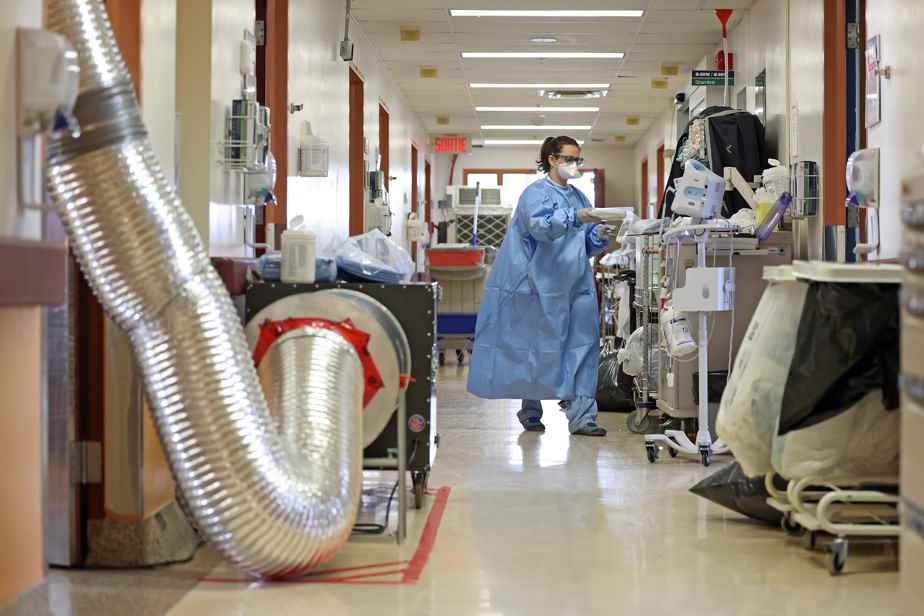After having known a particularly busy week, the emergency rooms of Quebec were not ringing off Friday. Several hospitals had occupancy rates of over 150%. In search of solutions, some workers are calling for the return of the “One call, one appointment” line, created during the pandemic to take care of non-emergency pediatric cases.
Posted at 6:12 p.m.
“It had given a good helping hand, especially in pediatrics”, notes the DD Judy Morris, president of the Quebec Association of Emergency Physicians.
General manager and owner of Mieux-Être medical centers in Montreal, Rémi Boulila sincerely hopes that the line will be relaunched. “We watch the disappearance of this service with horror. Our doctors could really help unclog the emergency rooms, says Mr. Boulila. Everyone wants it back.”
“For once we had something effective. It’s a shame to have it removed, ”notes the Dr Michel Tran, general practitioner in a GMF in the North of Montreal.
Launched in September 2021, the “Un appel, un rendez-vous” line allowed parents of children with a non-urgent health problem to obtain a consultation. It ceased to exist on March 31. “Currently, hospitals on the island of Montreal are working closely with medical clinics to optimize the time slots for making appointments for a non-urgent health condition,” explained the regional directorate of the access to first-line medical services at the Montreal DRMG. It is also estimated that the launch of Frontline Access Counters (GAP), the first phase of which should be operational on 1er June, “will contribute to reducing the pressure on all emergencies, including that of the two pediatric hospitals. »
For Mr. Boulila, the line “A call, an appointment” would have precisely “could be tied to the GAP”. “You had a solution that worked. Why did you remove it? ” he asks.
These questions arise when emergency rooms in Quebec were very busy on Friday. At the Anna-Laberge hospital in Châteauguay, the occupancy rate was 178% shortly before noon. These emergencies have been particularly busy for several months. Due to a staff shortage, the establishment had to close 15 beds in April. These beds are in addition to the 25 others which had to be closed at the start of the pandemic in this 253-bed establishment.
The DD Morris explains that the heavy traffic experienced in emergency rooms in the province is largely explained by “the lack of hospital capacity and the shortage of personnel”. The DD Morris points out that the “COVID bonuses” offered until recently to healthcare workers have been withdrawn, which “could complicate the situation even more”, especially with the arrival of summer, an already difficult period in terms of staff.
At the Ministry of Health and Social Services, said they were “aware that summer is a time when the issues of staff availability, particularly for nursing professionals, are exacerbated”. “Establishments have various means at their disposal to ensure the maintenance of care and services for users, while trying to protect staff from the impacts of these labor issues,” we say. No particular incentive measure is currently being considered for the summer, says the ministry, which promises “to ensure close monitoring of the situation”.
Occupancy rates in some emergency rooms on Friday
- Hôtel-Dieu of Lévis: 151%
- Pierre Le Gardeur: 156%
- Lanaudière Regional Hospital Center: 164%
- Saint-Eustache Hospital: 166%
- Center-de-la-Mauricie Hospital: 142%
- Anna-Laberge Hospital Center: 178%
- Hotel-Dieu of Sorel: 165%
- CHUM: 147%
- HMR: 161%
- Santa Cabrini Hospital: 150%
- Verdun Hospital: 173%
- Royal Victoria Hospital; 185%
- Papineau Hospital: 167%
Source: MSSS, at 11:55 a.m.

